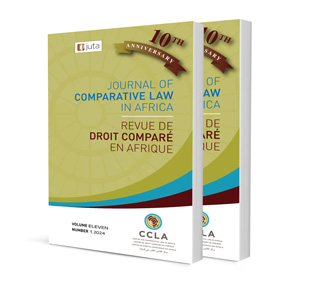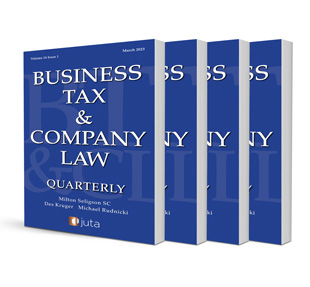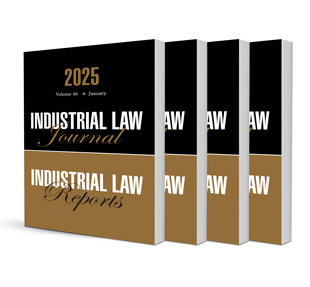Evaluating the Efficacy of Alternative Dispute Resolution Methods in Resolving Marital Conflicts in Nigeria

Evaluating the Efficacy of Alternative Dispute Resolution Methods in Resolving Marital Conflicts in Nigeria
Author: Solomon O. Afolabi
ISSN: 2521-2605
Affiliations: LLB (Hons) Ife, BL, LLM (ABU), MBA (Unilorin), PhD (ABU), Associate Professor of Private & Property Law, University of Ilorin, Nigeria
Source: Journal of Comparative Law in Africa, Volume 11 Issue 2, p. 142 – 168
https://doi.org/10.47348/JCLA/v11/i2a5
Abstract
Disputes may be a fact of life, but they are no less troubling when they occur. They often need resolution, and swift, meaningful resolution at that. While litigation is the most popular means of settling disputes, this paper appraises the application of Alternative Dispute Resolution (ADR) mechanisms to marital conflicts in Nigeria. In Nigeria, litigation which is the most common means of settling disputes is often inadequate for the settlement of marital conflicts for the simple reason that it is rarely personal, empathic or collaborative for that matter. This paper therefore appraises the nature and extent of the application of ADR mechanisms to marital conflicts and also tests the proposition that a ‘cause and effect’ relationship exists between ADR and healthy marriages. The paper adopts doctrinal and empirical approaches by leveraging on qualitative analysis of responses to structured questions administered to participants within the Ilorin metropolis, Kwara State, Nigeria. The paper finds that there is an overwhelming use of ADR mechanisms for the settlement of marital conflicts, albeit with most leaning towards non-institutional ADR mechanisms, and that a ‘cause and effect’ relationship does exist between ADR and healthy marriages. This paper recommends that more importance be given to ADR in the place of settlement of marital conflicts and that better awareness be made in respect to institutional ADR mechanisms in Nigeria. The work also recommends that serious consideration be given to the establishment of family courts that would operate using collaborative approaches unique to ADR mechanisms.

